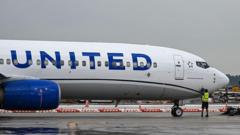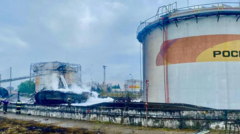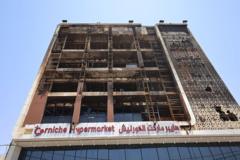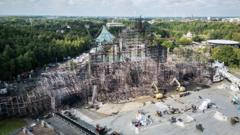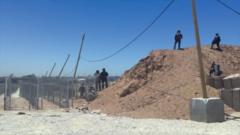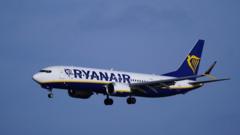Investigation reveals potential oversight in Heathrow's power supply measures
Heathrow Airport Faces Scrutiny After Fire-Induced Closure

Heathrow Airport Faces Scrutiny After Fire-Induced Closure
Concerns Raised About Infrastructure Resilience Prior to Shutdown
The recent closure of Heathrow Airport due to a fire at an electrical substation has sparked significant debate regarding the airport's infrastructure resilience. Just days before the incident, Nigel Wicking, head of the Heathrow Airline Operators’ Committee, had expressed grave concerns to parliamentary officials about possible vulnerabilities in the airport's power systems. The fire, which occurred on March 21, halted operations for nearly a full day and severely disrupted global travel plans.
In his testimony to the parliamentary transport committee, Wicking highlighted the critical nature of Heathrow’s power supply, stating, "I’d actually warned Heathrow of concerns that we had with regard to the substations." He noted that some flights could have resumed earlier if better utilization of the terminal facilities had been enacted. This raises questions about existing contingency plans in place for emergencies.
Experts suggest that proactive measures, including the implementation of backup power systems, may cost upwards of $100 million and could take several years to complete. Such investment is deemed essential given the increasing frequency of infrastructure-related incidents.
Additionally, Wicking pointed out more routine issues impacting the substation, such as theft, which had previously led to power outages affecting runway lighting. This not only highlights operational vulnerabilities but also emphasizes the need for greater security and resilience measures at one of the world's busiest airports.
As investigations continue, the airport must address its power infrastructure to prevent future disruptions and ensure uninterrupted operations within the aviation sector, pivotal to the UK and international travel. Further updates are expected as the story develops.
In his testimony to the parliamentary transport committee, Wicking highlighted the critical nature of Heathrow’s power supply, stating, "I’d actually warned Heathrow of concerns that we had with regard to the substations." He noted that some flights could have resumed earlier if better utilization of the terminal facilities had been enacted. This raises questions about existing contingency plans in place for emergencies.
Experts suggest that proactive measures, including the implementation of backup power systems, may cost upwards of $100 million and could take several years to complete. Such investment is deemed essential given the increasing frequency of infrastructure-related incidents.
Additionally, Wicking pointed out more routine issues impacting the substation, such as theft, which had previously led to power outages affecting runway lighting. This not only highlights operational vulnerabilities but also emphasizes the need for greater security and resilience measures at one of the world's busiest airports.
As investigations continue, the airport must address its power infrastructure to prevent future disruptions and ensure uninterrupted operations within the aviation sector, pivotal to the UK and international travel. Further updates are expected as the story develops.

